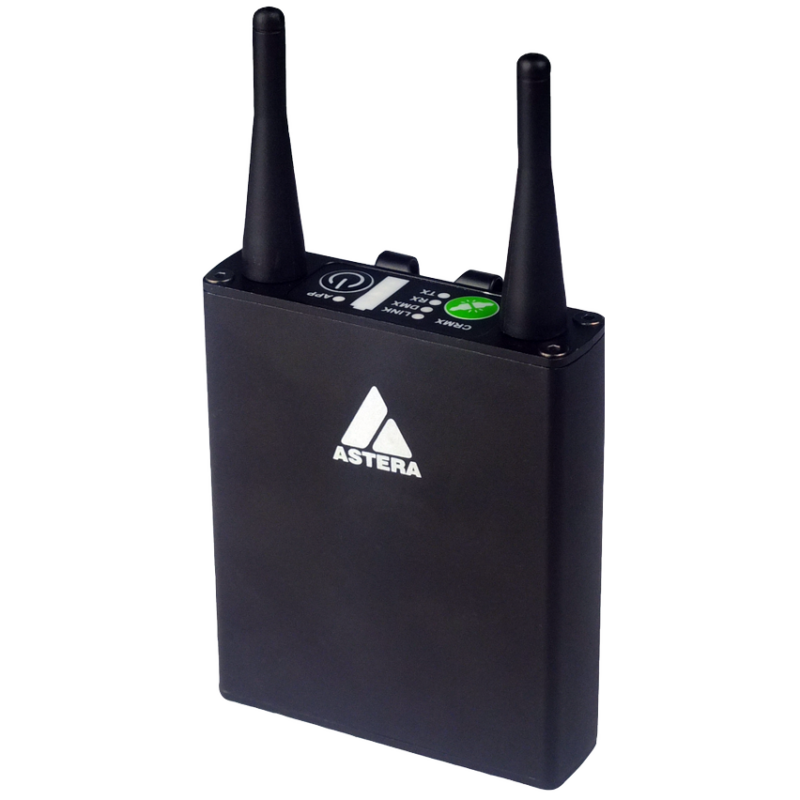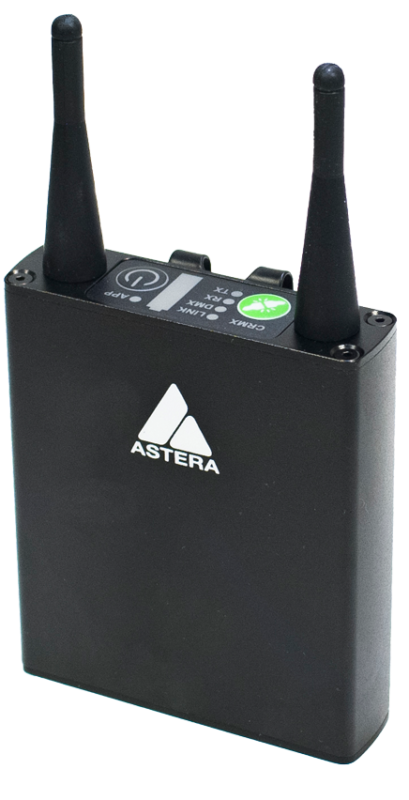***General allocation of frequencies for use by short-range radio applications Spectrum usage regulations:
1) The use of adjacent frequency bands within this table as a single frequency
band is permitted, provided that the specific conditions for each of
these adjacent frequency bands are met.
2) „duty cycle“ means the ratio of Σ(Ton)/(Tobs) expressed as a percentage,
where ‚Ton‘ is the ‚on-time‘ of a single transmitting device and ‚Tobs‘ is the
observation period Ton is measured in an observation frequency band
(Fobs). Unless otherwise specified in this general allocation, Tobs is a continuous
period of one hour and Fobs is the applicable frequency band in this
general allocation (table).
3) Frequency access and interference mitigation techniques shall be used
whose performance level at least meets the essential requirements of
Directive 2014/53/EU or the Radio Equipment Act (FuAG). Where relevant
techniques are described in harmonised standards, the references of
which have been published in the Official Journal of the European Union
pursuant to Directive 2014/53/EU, or parts thereof, performance shall be
ensured which is at least equivalent to those techniques.

